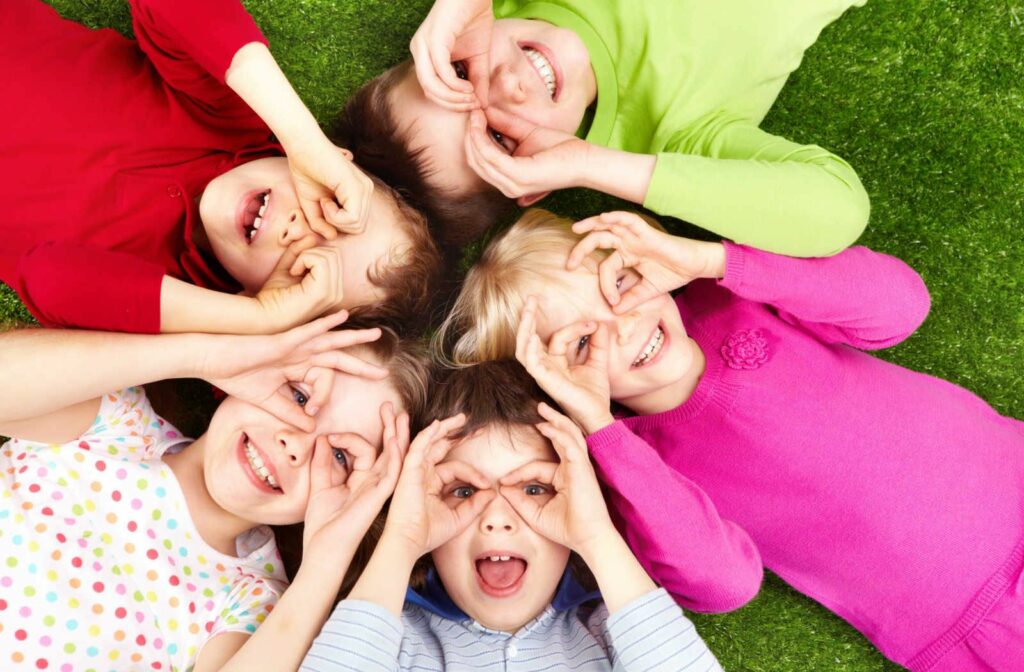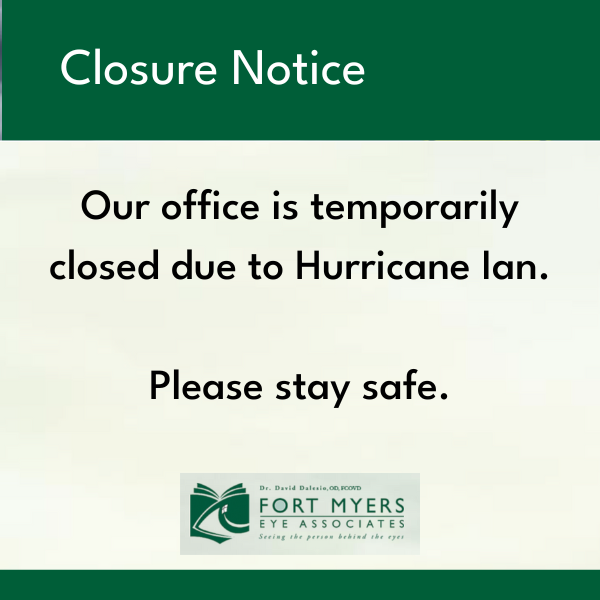As a parent, you strive to ensure the well-being and health of your children, and few things are as worrying as seeing their vision getting worse. Fortunately, an eye exam can help you and your optometrist understand your child’s eyesight and could reveal they have myopia.
Myopia is a progressive eye condition that can have long-lasting effects on your child’s vision, so it could be the reason why their eyesight is getting worse. Learning your child has myopia is just the start. Optometrists have the tools and knowledge to address myopia and potentially slow its progression.
What Is Myopia?
Myopia is part of a group of conditions called refractive errors due to how they change the way light refracts, or bends, when entering your eye. In the case of myopia, the eye has grown too long, or the front of the eye is too curved. This causes distant objects to appear blurry while nearby objects remain clear.
Myopia, or nearsightedness, is the most common type of refractive error, especially for kids. About 30% of Americans are myopic, and that number is on the rise. Some studies suggest 50% of the world will be myopic by 2050.
Experts aren’t sure what causes myopia, but evidence points to it being a combination of genetics and environment. This means if you’re myopic, there’s a greater chance your child will be, too. In addition, large amounts of close work, reading, and screen time on smartphones may also increase your child’s risk of developing myopia.
Children’s eyes continue to grow as the rest of their body does. And if their eyes are already growing longer and more curved, there’s a decent chance the trend will continue, worsening myopia. Unfortunately, you can’t reverse myopia progression.
The good news is myopia typically stabilizes around age 20, which means early intervention could slow it before it gets out of hand.
Myopia Symptoms
It’s not always easy to spot the signs of myopia from the outside. And what’s more, your child may have trouble voicing their concerns, especially at a young age. They may even think this is simply how everyone sees and try to force their way through their vision problems, impacting their ability to learn.
Since myopia typically first presents in school-aged children, early signs might be as simple as having trouble reading a whiteboard in school.
Be on the lookout for signs of vision problems such as:
- Excessive blinking or eye rubbing
- Discomfort, fatigue, and headaches
- Avoiding close activities and reading
- Holding reading materials close to eyes
- Complaints of seeing double
- Short attention span
- Trouble remembering what they read
- Covering or closing one eye
- Losing place when reading
Myopia can make it challenging to focus in school and could present as if your child is hyperactive or distractible. Because of this, myopia could be misdiagnosed as something like ADHD.
If myopia is left untreated, it can increase the risk for serious later-in-life eye conditions such as:
- Glaucoma
- Cataracts
- Myopic macular degeneration
- Retinal detachment

Myopia Control Strategies
Eyeglasses and contact lenses can correct myopia but won’t slow its progression. Instead, your optometrist may suggest myopia management. This program is designed to slow myopia’s progression and track your child’s eye growth. Your optometrist can measure how long your child’s eyeball is, called the axial length, to monitor progression.
Depending on your child’s age and personality, different methods may be used to control myopia progression.
Ortho-K
Ortho-k, or orthokeratology, uses contact lenses to temporarily reshape the cornea and change how light focuses in the eye. These lenses are worn at night, where they can gently flatten the cornea as your child sleeps. This could give your child improved vision throughout the day without wearing corrective lenses.
Proper use of ortho-k lenses takes discipline, as they must be worn every night, or the eye may return to its normal shape. However, it’s been shown to be effective in slowing myopia progression in children.
Soft Myopia Management Contact Lenses
We know single lens contacts can correct myopia but don’t slow myopia progression. However, there are FDA-approved multifocal contacts designed just for this purpose.
Picture these lenses like a bullseye. The center of the lens is the standard prescription strength that corrects your child’s vision. The outer rings, however, are lower power. This causes peripheral light to focus in front of the retina, triggering a natural brain function that cues the eyes to stop growing.
This is one of the most effective means of myopia management and may slow myopia progression by 59%.
Atropine Drops
Atropine drops are typically used in eye exams to dilate the pupils and give a clearer view of the eye’s interior. Low-dose atropine has been shown to slow myopia’s progression, and can be ideal for children who aren’t ready for contact lenses.
Atropine drops can also be part of a more extensive management program that involves ortho-k or multifocal contact lenses.
Lifestyle Changes
Since your child’s environment can affect their vision, they can make some lifestyle changes as part of a myopia management plan. This could include spending time outdoors and away from screens to reduce the risk of developing myopia.
Keeping Myopia Under Control
The thought of your child’s eyesight getting worse can be scary. But with the proper plan and support from a trusted team, myopia is manageable. Fort Myers Eye Associates can be your trusted team.
Together, with proactive care, we’ll strive to preserve your child’s eyesight and reduce the risk of eye diseases later in life. If you think your child might have myopia, book an appointment for an eye exam today!





